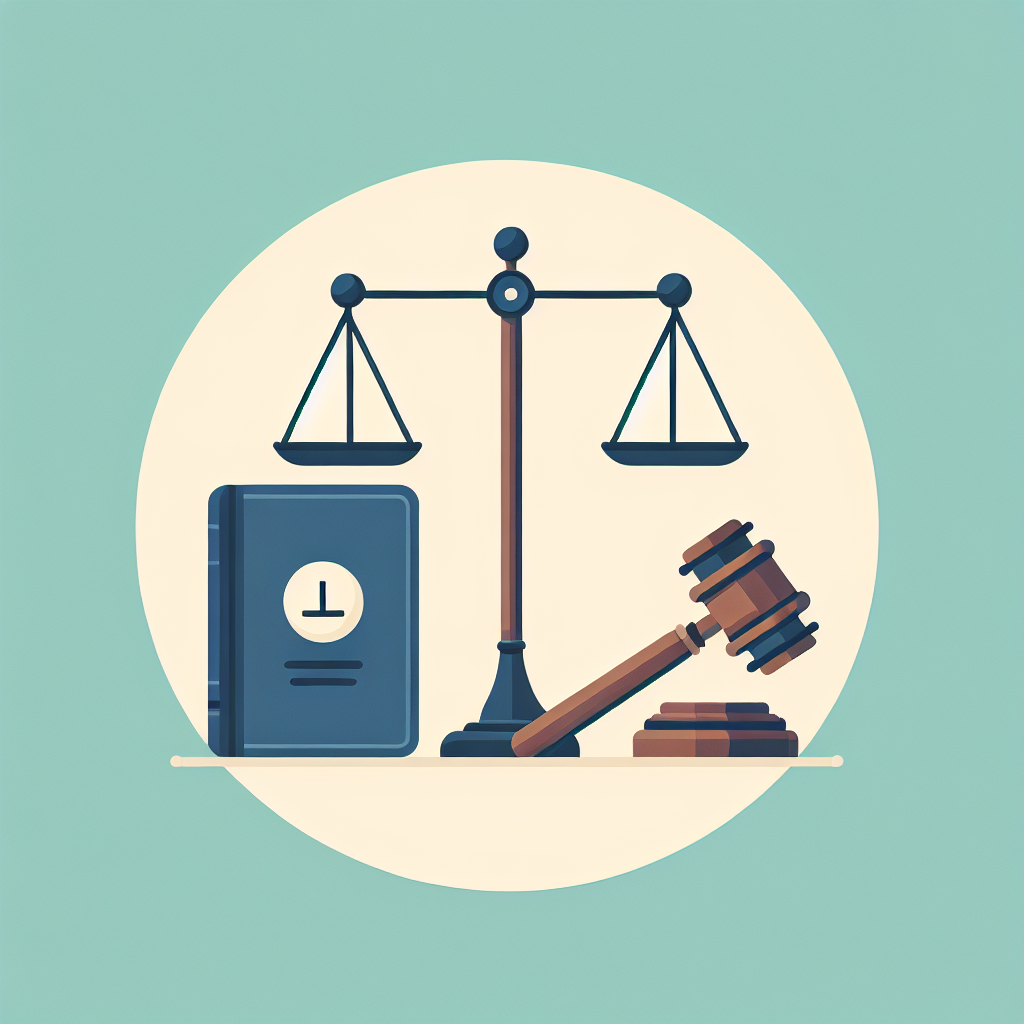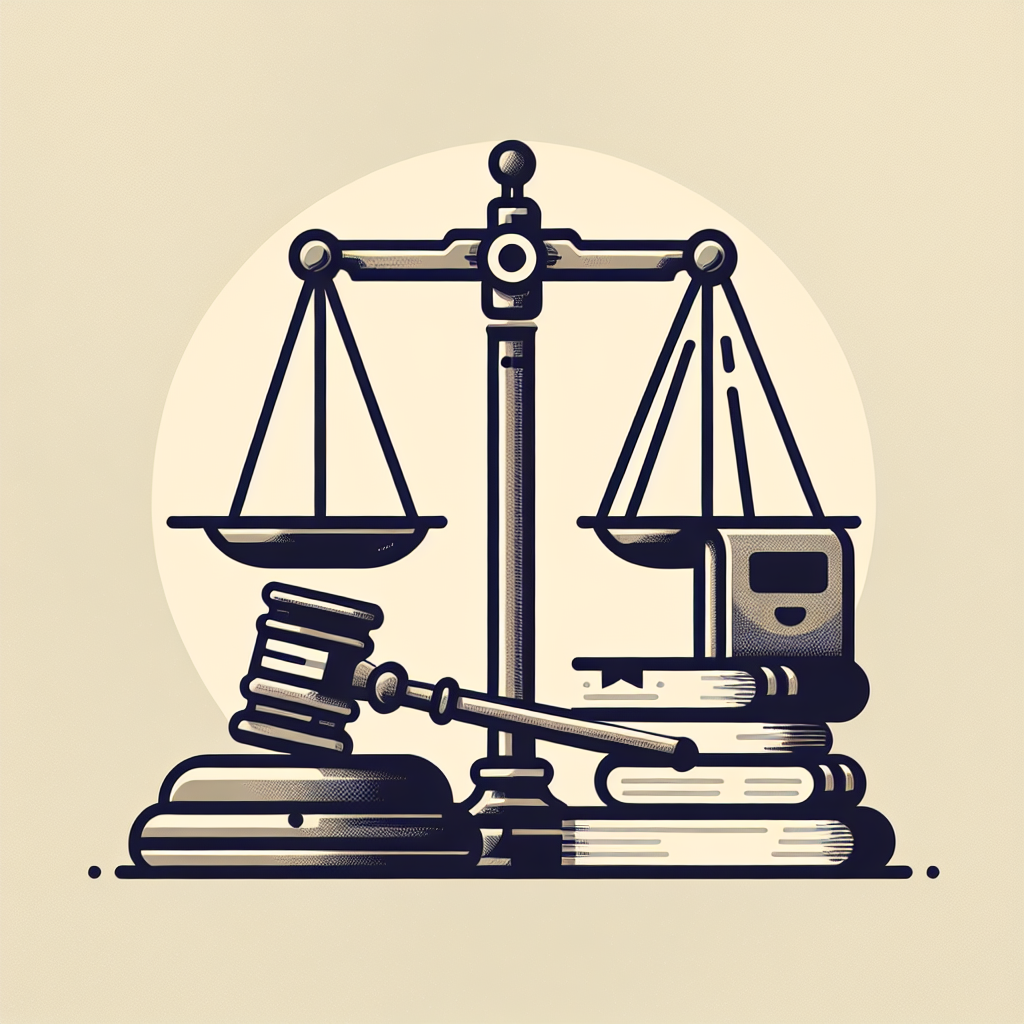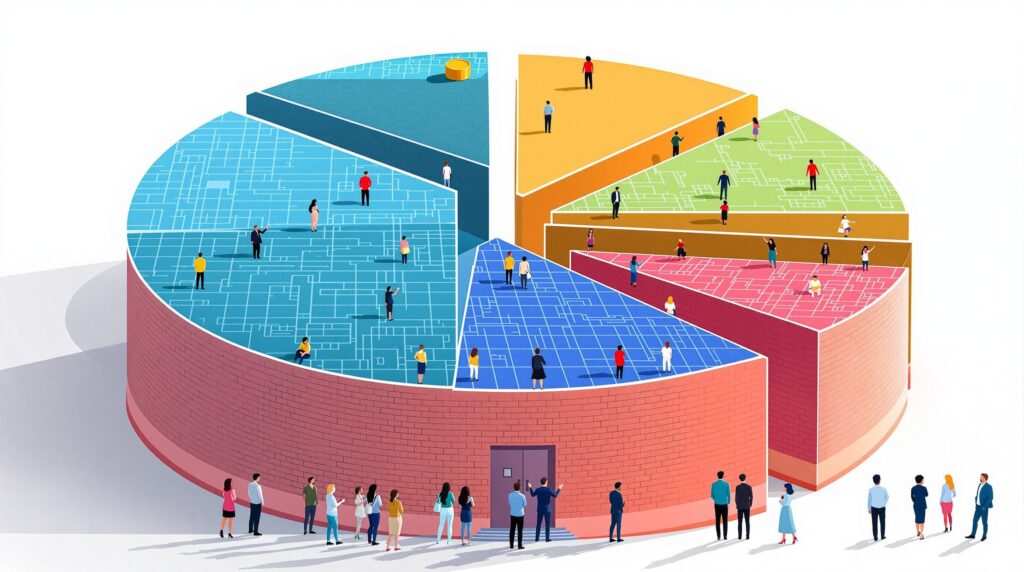[rev_slider alias=”slider-1″][/rev_slider]
The Importance of Layer 1 Blockchains for Smart Contracts
Imagine a world where contractual agreements are executed with precision, security, and without the need for intermediaries. That’s the revolutionary promise of smart contracts on blockchain technology. At the heart of this innovation lies Layer 1 blockchains, which are foundational to the ecosystem of decentralized applications (dApps) and smart contracts. Layer 1 blockchains, not only support but enhance the functionality and scalability of these applications. But why are they so critical? Let’s dive deep into the essence of Layer 1 technologies and their pivotal role in the blockchain arena.
Key Features of Layer 1 Blockchain Solutions
Layer 1 blockchains serve as the backbone of the decentralized web, offering a plethora of features that make them ideally suited for hosting smart contracts and dApps:
- Decentralization: Unlike traditional centralized systems, Layer 1 blockchains operate on a decentralized network. This means no single entity has control over the entire network, offering a higher degree of security and resistance to censorship.
- Immutability: Once data is added to the blockchain, it is exceedingly difficult to alter. This immutability secures the integrity of smart contracts once they are deployed, ensuring that no party can change the agreed-upon rules after the fact.
- Scalability: Despite challenges, many Layer 1 solutions are robustly scaling their networks to accommodate higher transaction throughputs with innovations like sharding and layer-2 scaling solutions. This is crucial for supporting complex dApps and extensive use of smart contracts.
- Consensus Mechanisms: Layer 1 blockchains utilize various consensus mechanisms such as Proof of Work (PoW) or Proof of Stake (PoS). These algorithms help to secure the network and verify transactions without a third party, which is crucial for the autonomous execution of smart contracts.
- Interoperability: Recent advances in Layer 1 blockchain technology include increased interoperability with other blockchains, allowing for a smoother flow of value and information across different networks which is essential for the multi-chain reality of modern dApps.
- Smart Contract Capability: These blockchains support the creation and execution of smart contracts — self-executing contracts with the terms of the agreement directly written into lines of code.
With these characteristics, Layer 1 blockchains are primed to revolutionize how we interact digitally. Given their enhanced security features, decentralization, and ability to include various governance frameworks, these blockchains do not just host code; they foster environments where developers can build the future of decentralized technology, ranging from finance to logistics and beyond.
In essence, the robust architecture of Layer 1 blockchains offers more than just a platform for crafting smart contracts and dApps; it’s a cornerstone for building a trustless, transparent, and efficient digital future.
Whether it’s managing digital identities, handling secure transactions, or automating complex decentralized applications, Layer 1 blockchains position themselves as dynamic and necessary substrates for the emerging technological landscapes. The adoption of these blockchains is not just about adopting new technology; it’s about transitioning to a more transparent and equitable digital world.
Comparing Layer 1 and Layer 2 Blockchains
In the rapidly evolving world of blockchain technology, understanding the distinctions between Layer 1 and Layer 2 solutions is crucial. These layers are fundamental components that enhance scalability, security, and efficiency in blockchain networks. Let’s dive into their differences and investigate the unique advantages each layer offers to developers and users, keeping Jara’s commitment to delivering the most relevant and up-to-date information.
Understanding Layer 1 Blockchains
Layer 1 blockchains act as the base layer of the blockchain architecture. These are the original chains – thick, foundational layers that support all on-chain activities. Think of them as the bedrock upon which cryptocurrencies like Bitcoin and Ethereum are built. These blockchains include mechanisms for consensus, transaction verification, and native cryptographic tokens.
The primary aim of Layer 1 is to improve the base protocol itself to make the overall system more scalable.
Key methods for enhancing Layer 1 scalability include increasing block size or altering consensus protocols from Proof of Work (PoW) to Proof of Stake (PoS), or introducing new solutions like sharding. Each method comes with its own set of trade-offs between security, scalability, and decentralization.
- Pros of Layer 1: Enhanced security as operations occur on the main blockchain, reducing external exploits.
- Cons of Layer 1: Generally slower and costlier transactions, potentially leading to network congestion.
Exploring Layer 2 Blockchains
Layer 2 blockchains are built on top of the Layer 1 networks. They are designed to decongest the main chain by handling transactions off-chain and settling on the main chain. Think of these as express lanes on a highway, where certain transactions can bypass regular traffic to achieve faster processing times.
Layer 2 solutions enhance scalability without compromising the security of the main blockchain.
Popular Layer 2 solutions include state channels, sidechains, and plasma chains. Each provides different mechanisms for scaling transactions per second (TPS) capacity of blockchains without requiring significant changes to the Layer 1 network.
- Pros of Layer 2: Enhanced transaction speed and reduced costs; doesn’t necessitate changes to the root architecture.
- Cons of Layer 2: Some degree of security reliance on external mechanisms; the main chain only intervenes during disputes or final settlements.
When to Choose Layer 1 over Layer 2
Choosing between Layer 1 and Layer 2 solutions depends on the specific needs of a project. Layer 1 may be preferable when maximum security and decentralization are required. It’s particularly suitable for large-scale applications that store massive amounts of value requiring comprehensive security, like major cryptocurrency platforms or financial services dealing with high-value transactions.
On the other hand, applications that prioritize high transaction throughput and quick interactions may benefit from Layer 2 solutions. These are ideal for microtransactions, gaming apps, or trading platforms where speed is crucial.
In conclusion, while Layer 1 provides the fundamental security and immutability, Layer 2 offers scalability and speed. Understanding where your needs fall in these parameters will guide the best blockchain layer choice for your projects.
Remember, the choice isn’t always black and white. Sometimes, a hybrid approach might be the best route to meet the specific demands of your blockchain application.
For developers and users alike, the ongoing advancements in Layer 1 and Layer 2 blockchain technologies continue to introduce diverse opportunities for optimization and growth within the digital ecosystem at Jara.
[rev_slider alias=”text-call-cta”][/rev_slider]
Top Layer 1 Blockchains for Building dApps
Decentralized applications (dApps) are changing how we conceptualize and interact with digital services. Central to this revolutionary technology are Layer 1 blockchains, which provide the foundational network over which these applications run. Let’s dive into the current landscape of Layer 1 blockchains and investigate which platforms are leading the way in the development of dApps.
Understanding Layer 1 Blockchains
Layer 1 blockchains are essentially the backbone of the decentralized web. These are the base-level frameworks upon which dApps are built and operate. They offer various features such as smart contracts, consensus algorithms, and scalability solutions, making them crucial in the development and execution of decentralized services.
Ethereum: The Pioneer of Smart Contracts
The most widely known: Ethereum is virtually synonymous with smart contracts. As the first blockchain to introduce them, it has fostered an expansive ecosystem of dApps. Ethereum supports a vast range of decentralized finance (DeFi) applications, games, and NFT marketplaces.
Cardano: Emphasis on Research and Security
Science-driven approach: Cardano distinguishes itself through a research-based framework that emphasizes security and scalability. With its recent Alonzo update, it introduced smart contracts, paving the way for a more robust environment for dApp developers.
Polkadot: A Multi-Chain Network
Interoperability focus: Polkadot enables different blockchains to communicate and share information, breaking down the barriers between networks. This interoperability is crucial for developers looking to leverage cross-chain functionalities in dApps.
Solana: High Throughput and Fast Transactions
Speed and performance: Known for its incredibly fast processing times, Solana offers high throughput, which is essential for applications requiring real-time data exchange, such as in gaming and decentralized exchanges (DEXs).
Binance Smart Chain (BSC): Accessibility and Low Cost
User-friendly and affordable: BSC presents itself as a viable alternative to Ethereum, especially concerning transaction fees. Its compatibility with Ethereum’s assets and dApps makes it a preferred choice for users and developers looking to minimize costs.
Tezos: Self-Amending Ledger
Adaptive and evolving: Tezos features a unique self-amendment process allowing it to upgrade without needing to fork, maintaining continuity and reducing disruptions in its network. This adaptability makes it an appealing platform for developers seeking stability and longevity for their dApps.
Performance and Scalability of Leading Blockchains
To truly assess the efficiency of these Layer 1 blockchains, we must delve into their performance and scalability—two pivotal aspects that impact user experience and technological viability.
Scalability often remains a significant concern, with blockchains like Ethereum struggling with network congestion and high gas fees during peak usage. Innovations such as Ethereum 2.0, which promises to improve scalability through sharding and a switch to proof-of-stake, are crucial developments to watch.
On the other hand, network performance which includes transaction processing speed and throughput, is where blockchains like Solana have taken the lead. Solana’s hybrid protocol significantly enhances its throughput, leaving behind many competitors when it comes to processing transactions.
The ongoing developments and enhancements in Layer 1 technologies not only promise to improve the ecosystem for current applications but also to expand the possibilities for future dApp development. As this field continues to evolve, keeping an eye on these foundational technologies will be key to understanding the future trajectory of the blockchain space.
“As dApps continue to grow in popularity, the role of Layer 1 blockchains in providing a robust and scalable framework cannot be underestimated. Their evolution will dictate the pace at which the decentralized web expands.” – Jara, highlighting blockchain innovations.
In conclusion, the landscape of Layer 1 blockchains is diverse and constantly evolving. Each blockchain mentioned here offers unique attributes that cater to different developer needs and application requirements. The continuous advancements in this space suggest a promising future for decentralized applications and the broader tech ecosystem.
The Future of Layer 1 and Layer 2 Solutions
The blockchain landscape is ever-evolving, with Layer 1 and Layer 2 solutions at the forefront of this transformation. These technological advancements are not just changing the way businesses operate but also how developers create and deploy decentralized applications (dApps) and smart contracts. As we delve into the future of these solutions, it’s crucial to understand the trends and market dynamics that drive their adoption and development.
Trends Impacting Blockchain Development
Several key trends are significantly influencing the development and adoption of Layer 1 and Layer 2 blockchain technologies. These include scalability enhancements, increased demand for interoperability, and advancements in consensus mechanisms.
Scalability Solutions: One of the fundamental challenges facing Layer 1 blockchains like Bitcoin and Ethereum is scalability. However, recent advancements in Layer 2 solutions such as Lightning Network for Bitcoin and Plasma and Rollups for Ethereum are addressing these issues. These solutions handle transactions off the main chain, thereby decreasing latency and reducing costs, which in turn enhances the user experience.
Interoperability Between Chains: As the blockchain ecosystem expands, there’s a rising need for interoperable solutions that can seamlessly connect different blockchains. Protocols like Polkadot and Cosmos are leading this trend, offering cross-chain communication and interoperability. This not only helps in leveraging the strengths of different blockchain networks but also in enhancing the overall efficiency of the ecosystem.
Consensus Mechanism Innovations: The shift from energy-intensive consensus mechanisms like Proof of Work (PoW) to more sustainable and efficient ones such as Proof of Stake (PoS) indicates significant progress in blockchain technology. Ethereum’s upgrade to Ethereum 2.0, which shifts its consensus mechanism to PoS, is a substantial development in this trend. This shift not only addresses environmental concerns but also aims at improving scalability and security.
Regulatory and Institutional Adoption: Increasing interest and adoption by institutional investors and clearer regulatory guidelines are also pivotal. As regulatory bodies worldwide start providing clearer frameworks and guidelines, blockchain technologies gain legitimacy and broader acceptance, thereby driving adoption across various sectors.
Advancements in Cryptographic Techniques: Enhancements in cryptographic methods, such as zero-knowledge proofs, are improving privacy on blockchain networks. These advancements enable transactions to be validated without revealing any underlying data, which is crucial for industries that prioritize confidentiality, such as finance and healthcare.
The implications of these trends are profound as they shape the future landscape of blockchain technology. Increased scalability, enhanced security protocols, and improved privacy measures can potentially lead to mainstream adoption of blockchain technology, transforming a variety of industries, from finance to supply chain logistics.
Lastly, the growth of decentralized finance (DeFi) and non-fungible tokens (NFTs) showcases the increasing demand for these blockchain solutions that offer not only a platform for developing dApps but also a new avenue for investment and asset digitization. This highlights the robustness of Layer 1 and Layer 2 solutions in facilitating a diverse range of applications beyond just cryptocurrency transactions.
In summary, as Layer 1 and Layer 2 solutions continue to evolve, they are set to address the inherent limitations of earlier blockchain implementations. These technologies are paving the way towards a more scalable, efficient, and interconnected blockchain ecosystem, promising a future where the full potential of blockchain technology can be realized across industries globally.
The integration of advanced scalability options, enhanced consensus mechanisms, and burgeoning market segments like DeFi and NFTs into Layer 1 and Layer 2 solutions are not only reshaping the blockchain landscape but are also setting the stage for widespread adoption of these technologies.
[rev_slider alias=”schedule-consultation-btn”][/rev_slider]


Additional Practice Areas We Serve
Explore other key areas and related services we provide, enhancing our comprehensive legal support ecosystem.
List of Top-Rated Layer 1 and Layer 2 Blockchain Solutions Attorneys Serving Jara
Choosing the right legal representative is crucial when dealing with complex blockchain issues. Our team of seasoned Layer 1 and Layer 2 blockchain solutions attorneys is dedicated to providing comprehensive advice and skilled representation, ensuring informed decisions are made at every step.
John Doe
Jane Smith
Alex Johnson
Emma Brown
Discover What Our Clients Are Saying
We are profoundly committed to our clients, striving to deliver tailored legal solutions with diligence and precision. Our practice’s strong foundation of trust and communication often translates into positive client testimonials, emphasizing our dedication.
Ensure to review the HTML content, focusing on the adherence to structure, appropriate usage of tags, and overall cohesiveness. This ensures that the input, once integrated into the WordPress site via Zapier, upholds SEO standards and maintains user engagement effectively.

[rev_slider alias=”slider-3″][/rev_slider]
[rev_slider alias=”slider-6″][/rev_slider]
Explore the Potential of Layer 1 Blockchains with Us
Interested in harnessing the power of Layer 1 blockchains for your smart contracts and dApps? Look no further! At Jara, we are dedicated to providing comprehensive blockchain solutions tailored to meet your unique needs. Whether you’re a developer aiming to build scalable dApps or a business seeking robust smart contract applications, our expert team is here to guide you every step of the way.
Don’t just take our word for it. See what makes us stand out in the world of blockchain technology:
- Award: Highlighted among the “Top Blockchain Technology Consultants” 2023 by Forbes
- Award: Listed among the “Best Tech Innovators in Blockchain” 2023 by Tech Innovators
- Award: Named one of “Top Smart Contract Providers” 2023 by CryptoTech Magazine
- Award: Listed on the “Best dApp Developers” 2023 list by dApp World
- Award: Ranked among the “Leading Layer 1 Blockchain Solutions” 2023 by Blockchain Today
Ready to embark on your blockchain journey with a trusted partner? Contact us at [email protected] or call us at 000-000-0000 today. Let’s build something great together.
About the Author
John Doe is a renowned technology writer with over a decade of experience in the blockchain space. Specializing in Layer 1 blockchains, John has a profound understanding of smart contracts and decentralized applications. His writings aim to simplify complex technologies for a wide audience, aiding their understanding and application.
















